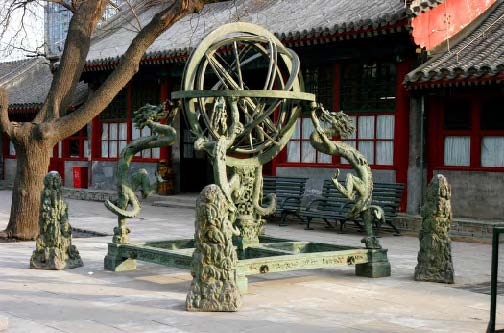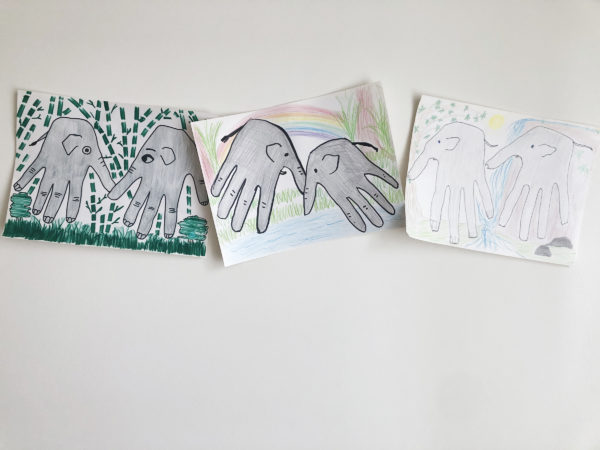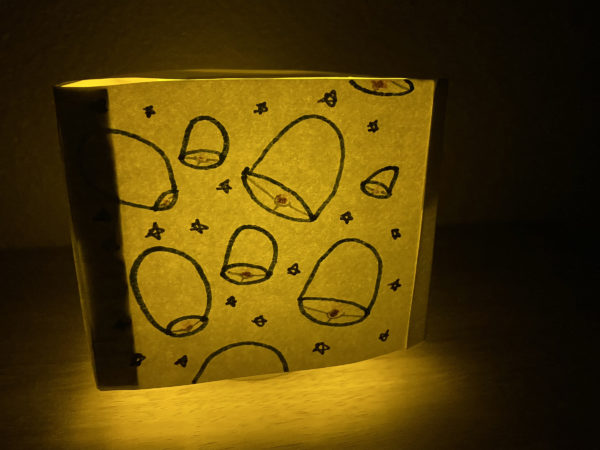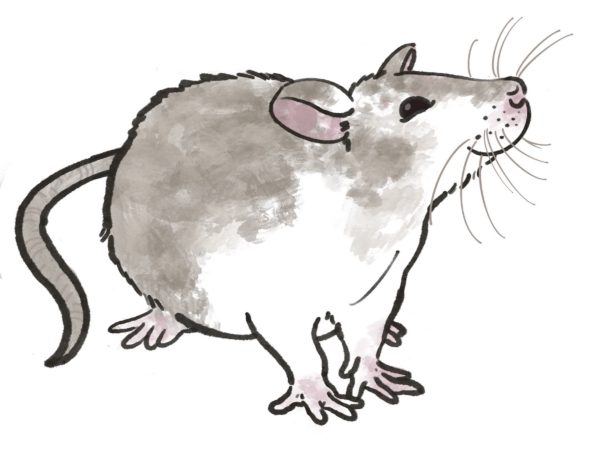As with art, literature, and philosophy, the Tang dynasty (618-906) nurtured a Golden Age of development and innovation in science and technology that culminated in the Song dynasty (960-1279). The expansive exchange of foreign goods and information during the Tang, together with the high value placed upon close observation and analysis that characterized the Song, set the stage for vigorous scientific innovations. Important advances were made in astronomy, agriculture, industry, medicine, and military technologies.
Astronomy
China was among the earliest countries to highly value astronomical research, including celestial observations and investigation of various methods for determining date and time. Astronomical records made by Chinese observers date back four thousand years. During the Tang and Song dynasties, the development of astronomical instruments and other tools for observation and meas- urement developed rapidly.
In the early Tang dynasty (around 633), Li Chun Feng expanded the ancient concept of an armillary sphere for mapping the heavens to include three intersecting rings—a red ring illustrating the sun path, a white ring for the moon path, and a yellow ring for the star path. One hundred years later, Tang astronomical administrator Yi Xing created you can a planetary model consisting of a copper armillary sphere, driven by water to complete one circular rotation daily. During the course of this rotation, two wooden mannequins that were part of the model would respectively strike a ring or a drum to indicate the time. As astronomical administrator, Yi Xing also led a national project to observe, identify, and locate stars. Based on the resulting data, he calculated the length of a degree of the meridian—the first astronomer in the world to measure the imaginary great circle around the earth.
By the time of the Song dynasty, Chinese astronomers had constructed extensive star maps and an array of complex and beautiful astronomical instruments for measuring the precise movement and location of heavenly bodies. Five armillary spheres, each using more than 10,000 kilograms of copper, were cast in one century during the Song. A star map made between 1094 and 1096 by Su Song, the prime minister, displayed 1464 stars.
Su Song was also responsible for what is probably the most colorful invention of the Song dynasty: an astronomical water clock-tower constructed in 1088. The clock tower stood thirty-five feet tall and included a celestial globe on the third floor, as well as an armillary sphere on the roof. Wooden mannequins emerged from the tower doors beating drums and gongs and displaying tablets announcing the time of day. One legend holds that Su Song spent seven years building the clock-tower after being embarrassed by the inaccuracy of a Chinese calendar that caused him to deliver birthday greetings on a diplomatic mission one day too early.
The technology for creating escapement mechanisms, developed for accurately adjusting and regulating timepieces in Tang and Song China, was exported to Europe, where clocks with escapement mechanisms appeared two hundred years later.
Calendars
Probably the most important goal in mapping the heavens was the development of an accurate calendar for use in activities such as farming, navigation, rituals, and astrology. Advances in celestial observation during the Tang and Song led to the compilation of remarkably precise calendars. It is believed that the first systematic Chinese calendars appeared in the third and second centuries BCE. Early calendars were based on the phase changes of the sun and moon, as well consideration of five visible planets (Venus, Jupiter, Mercury, Mars, and Saturn), all used to plot out years, months, and days. During the Tang dynasty, astronomical administrator Yi Xing published the most comprehen- sive and influential calendar in Chinese history: the Da Yan calendar. It was based on a sophisticated understanding of the sun’s orbit, and calculated the new moon, full moon, twenty-four solar terms, and the ongoing movements of the sun and moon. After the Da Yan calendar was issued in 728, it was adopted in other parts of Asia and used in China without major modification until seventeen century. Around 1090, an alternative calendar was compiled using twelve jieqi, or half of the earlier twenty-four solar terms (a system consistent with the Gregorian calendar developed in the West nine hundred years later); however, it was not adopted during the Song dynasty.
Agricultural Engineering and Technology
Tang and Song official support for scientific research and development was also evident in domain of agricultural engineering and technology. The Tang administration completed 1,088 large irrigation projects, 40 flood-control projects, and 27 waterway transportation projects across the country. An official bureau was established for effective management of these types of projects. Peasants were encouraged with ownership incentives and tax waivers to bring over two million hectares of extra farming land into production during the first century of the Song.
Agricultural engineering innovations included specific types of equipment such as the Tang dynasty East River plough, which had eleven parts and allowed for flexibility in the depth of furrowing. The human-operated waterwheel was invented and widely employed in irrigation, enabling water to be transported from lower to higher elevations. During the Song the capacity of the water-wheel was substantially enhanced with animal power.
Technological advances in rice growing supported a population explosion during the Southern Song, when northern invasions drove much of the Chinese population from the wheat-growing area of northern China to the rice-growing south below the Yangtze River. Superior seed varieties were imported from Vietnam and Korea. To bring wetlands into production, dams were built up, and the water subsequently drained out to produce cultivable land. In deep-water areas, people employed “floating farmland” for planting. This floating farmland was either formed naturally through long- term deposition of soil on the roots of masses of floating Feng grass, or artificially constructed by planting Feng grass in a wooden frame and then depositing soil on the roots.
Farming innovations also brought hillsides into agricultural production. When arable land was exhausted on the plain, people turned their efforts to creating hillside terraces for expanded plant- ing. Agricultural terraces appeared during the Tang dynasty and were in relatively widespread use during the Song dynasty, mainly in Guangdong, Fujian, Zhejiang, Jiangxi, and Sichuan with their extensive hilly areas.
Medicine
The Tang and Song interest in standardization and scientific observation also contributed to advances in the field of medicine. In 659, during the Tang dynasty, ancient traditions of Chinese herbal medicine were compiled into an imperial pharmacopeia called the Revised Materia Medica, the first recorded pharmacopeia in the world. It listed 844 medicines in nine categories with illustrations made from real specimens. About seventy years after this official standardization, Chen Zangqi compiled the Supplements of the Materia Medica, which introduced an additional 692 medicines.
The advent of moveable type in the Song dynasty contributed to a rapid spread of medical knowledge and further advances. An official bureau of medicine was established for compilation and correction of medical publications. Several national medical surveys were conducted and a medicine factory constructed.
The healing art and science known as acupuncture was invented in China as well. Acupuncture takes two forms: one employs long, thin needles to puncture certain points on the human body; the other involves heating up certain locations on the body. Conducting either type of procedure requires intensive training, and they are sometimes combined. Usually, acupuncture is also combined with Chinese herbal medicine. Acupuncture originated in the Neolithic China and, as with herbal medicine, was systematically recorded and taught as a science during the Tang and Song.
In the Tang dynasty, acupuncture was described in detail by many publications and widely taught in official medical institutions. The famous doctor, Sun Simiao (581–682) discussed acupuncture in extensive detail in his well-known medical book, The Thousand Golden Formulae. In the Tang dynasty, people began to use acupuncture charts to teach and practice. In the Song dynasty, the imperial physician Wang Weiyi compiled a specialized acupuncture book, Illustrated Manual of Acupuncture Points on a Copper Puppet, using two copper puppets clearly indicating acupuncture points on the body for the purposes of teaching and practicing. The publication of manuals during the Tang contributed to a spread of acupuncture practice to Japan and Korea. In the Song dynasty, acupuncture was introduced to even more countries including England and France.
Explosives
One of the most influential Tang dynasty inventions was perhaps produced by accident. Black powder, an explosive mixture of saltpeter, sulphur, and charcoal, is generally believed to have been an unintended discovery made by alchemists. These creative investigators frequently conducted chemistry experiments in a search for the elixir of immortality. The earliest written record concerning gunpowder is Optimization of Alchemical Processes by Sulphuric Method, a book written by Sun Simiao, the most famous doctor in Tang history.
During the Song dynasty, gunpowder technology was further refined for military purposes and many kinds of firearms were invented. In the year 1000, Tang Fu designed and manufactured a gunpowder arrow, gunpowder ball, and barbed gunpowder packages and donated them to the Song emperor. In 1132, the fire lance was introduced with gunpowder in a long bamboo tube. When fired, flames were projected on the enemy. In 1259, a fire-spitting lance was enhanced with bullets. When fired, bullets were ejected with the flames. Fire-spitting lances are regarded as the prototype of the musket or gun. At the end of the Song dynasty, a primitive rocket weapon was invented by using gunpowder to propel an arrow, which is similar in principle to the modern rocket. Song firearm weapons were produced in massive quantities. It was recorded that the weapons bureau had eleven large workshops and hired over 40,000 workers. On a daily basis they produced 7,000 ordinary gunpowder arrows, 10,000 cross-bow gunpowder arrows, 3,000 barbed gunpowder packages, and 20,000 ordinary gunpowder packages.
In addition, during the Tang dynasty, saltpeter, the most important ingredient for producing gunpowder, was introduced to India and Iran. In the Song, gunpowder itself reached these two countries. By 1255, gunpowder was introduced to to the Arab world, and through Arab-controlled Spain to Europe. Firearms were introduced to Central Asia, the Middle East, and Europe by Mongolian expeditionary forces during the Song and Yuan dynasties. Europeans learned gunpowder and firearmsmaking techniques from the Arabs and produced their own guns in fourteenth century.
Conclusion
The Tang and Song dynasties were a Golden Age for Chinese science, just as they were for art, literature, and philosophy. Astronomical and medical research was officially supported and systematically recorded. All significant arenas of infrastructure, commerce, and manufacture, including agriculture and firearms underwent organized, rapid growth. The scientific and technological advances made during the Tang-Song period exerted significant influence on developments abroad as well as at home for centuries to come.







